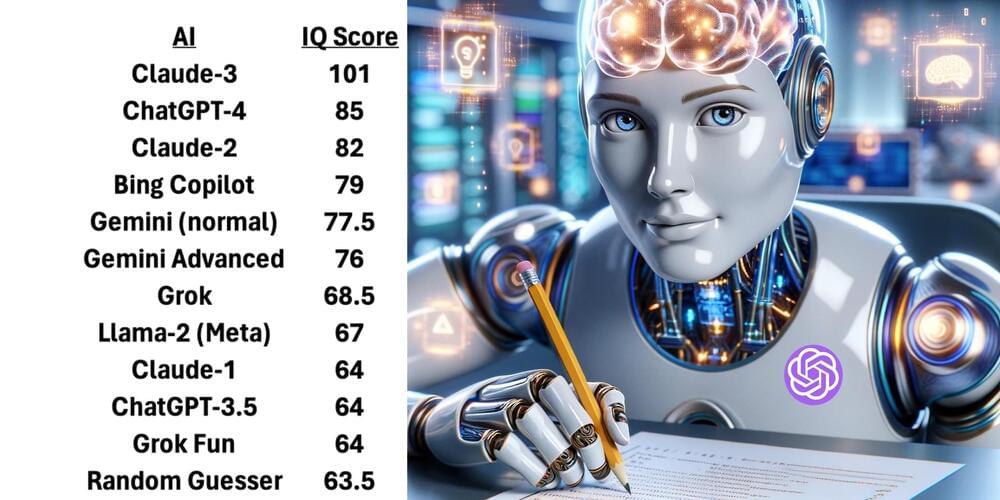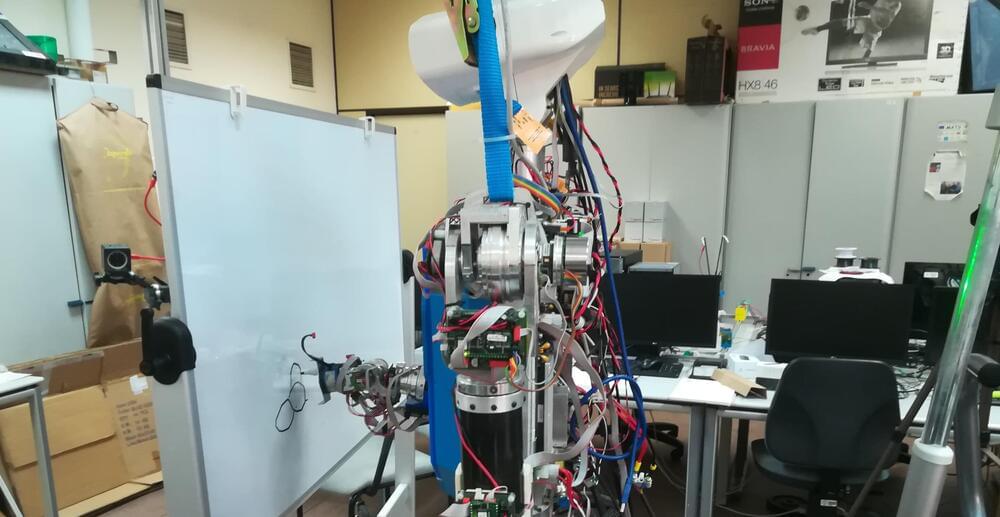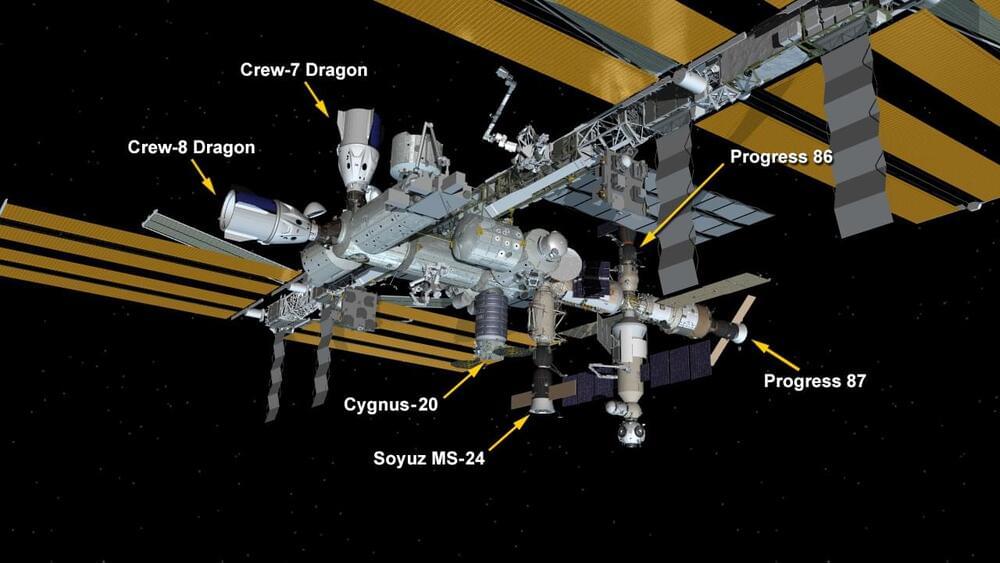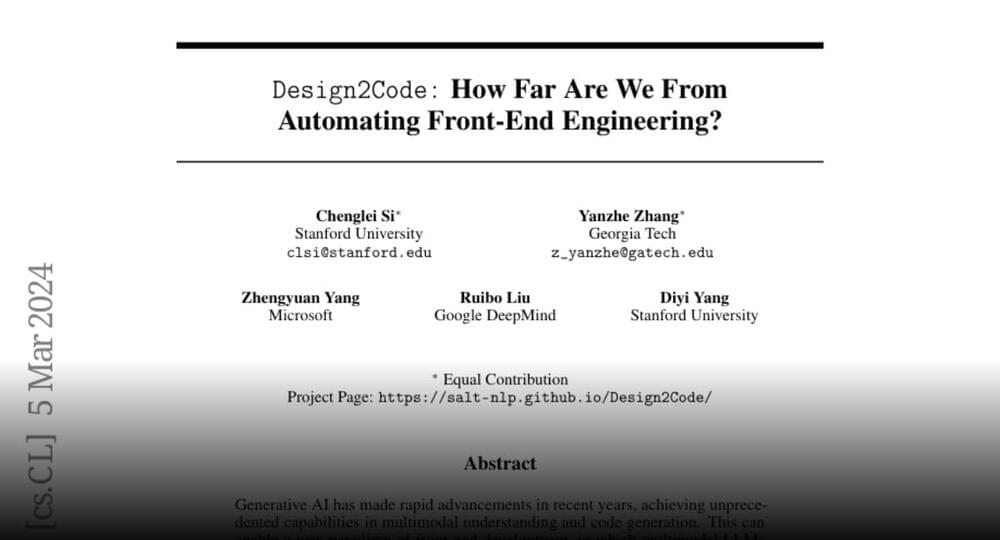We could build an AI that demonstrates generalized, human-level intelligence within three to eight years — which may open the door to a “super intelligence” in a very short space of time.





Our presenter Jonathan Nowak, will discuss representative multiplexed assays for protein and RNA profiling built in the lab and discuss the necessary elements to operationalize this type of testing in a translational research laboratory. He will also explore the advantages of different assays and key considerations for ensuring consistently high data quality spanning hundreds to thousands of specimens.
Learning Objectives

The rapid advancement of deep learning algorithms and generative models has enabled the automated production of increasingly striking AI-generated artistic content. Most of this AI-generated art, however, is created by algorithms and computational models, rather than by physical robots.
Researchers at Universidad Complutense de Madrid (UCM) and Universidad Carlos III de Madrid (UC3M) recently developed a deep learning-based model that allows a humanoid robot to sketch pictures, similarly to how a human artist would. Their paper, published in Cognitive Systems Research, offers a remarkable demonstration of how robots could actively engage in creative processes.
“Our idea was to propose a robot application that could attract the scientific community and the general public,” Raúl Fernandez-Fernandez, co-author of the paper, told Tech Xplore. “We thought about a task that could be shocking to see a robot performing, and that was how the concept of doing art with a humanoid robot came to us.”

NASA astronauts Matthew Dominick, Michael Barratt, and Jeanette Epps, as well as Roscosmos cosmonaut Alexander Grebenkin arrived at the International Space Station, as the SpaceX Dragon, named Endeavour, docked to the complex at 2:28 a.m. EST while the station was 260 statute miles over Newfoundland.
Following Dragon’s link up to the Harmony module, the astronauts aboard the Dragon and the space station will begin conducting standard leak checks and pressurization between the spacecraft in preparation for hatch opening scheduled for 4:13 a.m.
Crew-8 will join the space station’s Expedition 70 crew of NASA astronauts Jasmin Moghbeli and Loral O’Hara, ESA (European Space Agency) astronaut Andreas Mogensen, JAXA (Japan Aerospace Exploration Agency) astronaut Furukawa Satoshi, and Roscosmos cosmonauts Konstantin Borisov, Oleg Kononenko, and Nikolai Chub. For a short time, the number of crew aboard the space station will increase to 11 people until Crew-7 members Moghbeli, Mogensen, Satoshi, and Borisov return to Earth.




AI isn’t nearly as popular with the global populace as its boosters would have you believe.
As Axios reports based on a new poll of 32,000 global respondents from the consultancy firm Edelman, public trust is already eroding less than 18 months into the so-called “AI revolution” that popped off with OpenAI’s release of ChatGPT in November 2022.
“Trust is the currency of the AI era, yet, as it stands, our innovation account is dangerously overdrawn,” Justin Westcott, the global technology chair for the firm, told Axios. “Companies must move beyond the mere mechanics of AI to address its true cost and value — the ‘why’ and ‘for whom.’”